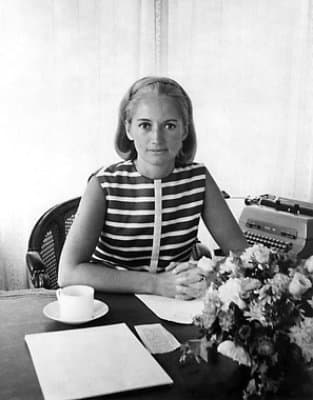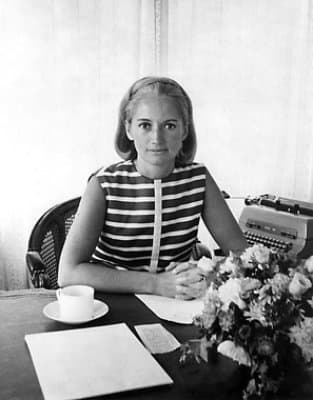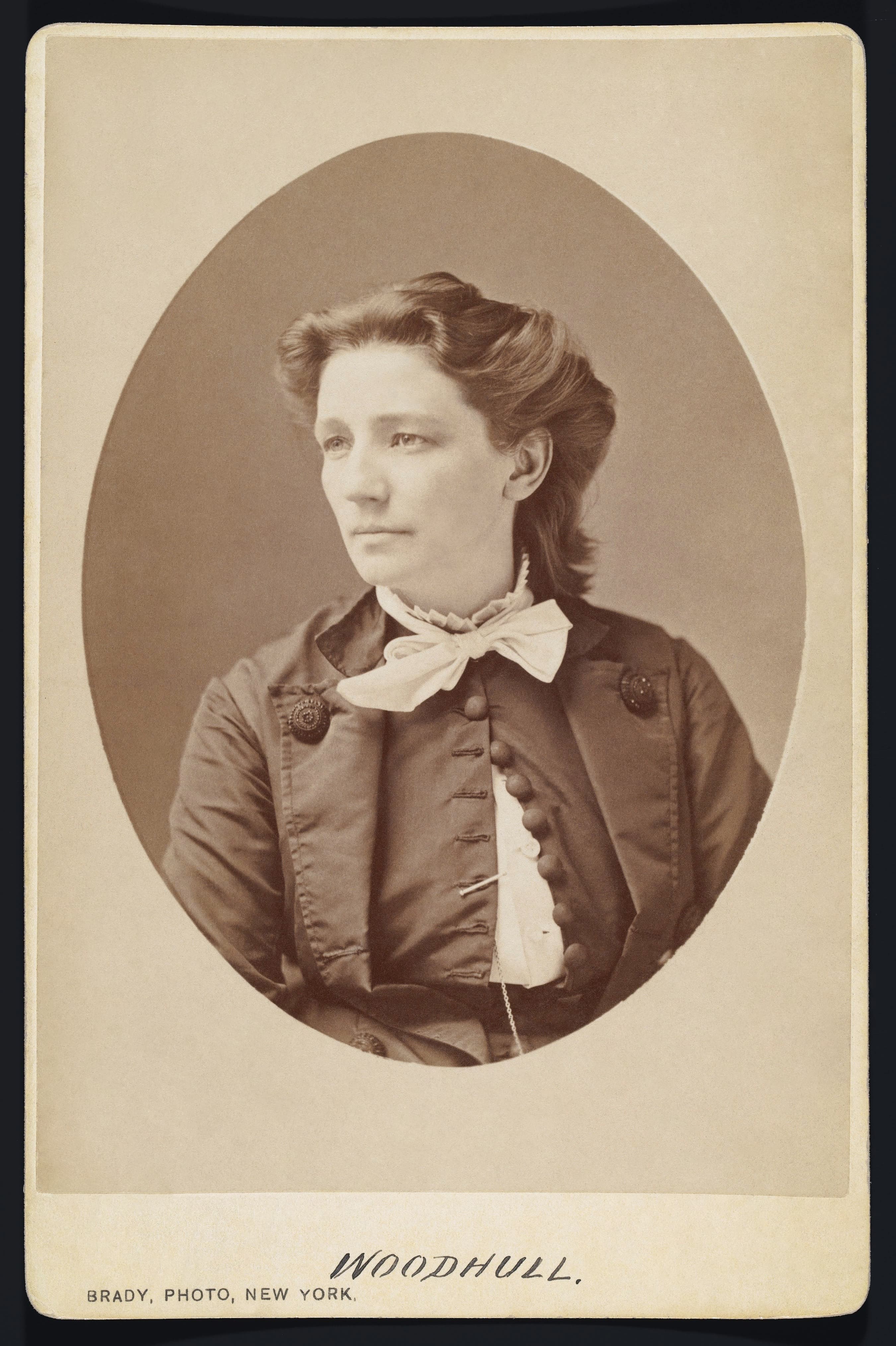When Mary Wells Lawrence suggested painting Braniff International Airways’ planes in striking colors and outfitting flight attendants in designer Emilio Pucci uniforms, the result was the “End of the Plain Plane” campaign—a visually bold rebranding that became one of the most talked-about moments in aviation and advertising history[1]. Her approach did not just refresh a brand; it illustrated how creative vision could transform entire industries and public perceptions, helping to establish a new model for emotional and immersive advertising.
Born Mary Georgene Berg in 1928 in Youngstown, Ohio, she demonstrated an early love for storytelling and creativity, ultimately studying drama at the Carnegie Institute of Technology (now Carnegie Mellon University) in Pittsburgh[2]. Her initial theatrical ambitions translated smoothly into advertising, where her creative instincts and sense of drama soon became assets. She met her first husband, Burt Wells, in college, marrying in 1949 and beginning her career as a copywriter for McKelvey’s department store in her hometown in 1951. These early years, marked by her move to New York City and a role as Macy's fashion advertising manager, laid the groundwork for her career’s rapid ascent[3].
Mary Wells Lawrence’s professional journey saw her break into the advertising world at a time when few women occupied leadership positions. She joined McCann Erickson as a copywriter and copy group head in 1953, then moved to Doyle Dane Bernbach (DDB) in 1957. There, as copy chief and eventually vice president, she worked under the mentorship of advertising luminary James Edwin Doyle and collaborated closely with Richard Rich and Stewart Greene[4]. Among her early successes was the creation of the “Plop, plop, fizz, fizz, oh what a relief it is!” jingle for Alka-Seltzer, a phrase that became a mainstay in American pop culture. At Jack Tinker & Partners in the mid-1960s, she masterminded the audacious Braniff campaign, elevating her reputation and consumer awareness of the brand across the United States[1].
In 1966, Mary Wells Lawrence founded Wells Rich Greene (WRG) with her colleagues Richard Rich and Stewart Greene, immediately taking on Braniff as their first account[3]. Her appointment as CEO marked a historic milestone: she became the first female CEO of a company listed on the New York Stock Exchange—a feat that underscored not only her abilities but also represented a milestone for gender equality in corporate America[4]. Under her leadership, WRG became known for its creative, emotionally resonant campaigns and its roster of high-profile clients. Lawrence was celebrated for challenging stale conventions, as reflected in her own words: “I hate rules. If I’d listened to the rules, I’d never have done anything.”
The influence of Mary Wells Lawrence extended beyond her creative output. She fundamentally reshaped norms around women in business, proving that the C-suite was not out of reach. Campaigns for brands such as Alka-Seltzer and Braniff became templates for storytelling and visual innovation in commercial messaging. Throughout her career, she encouraged others to embrace bold ideas, frequently repeating her belief, “If you stand for nothing, you’ll fall for anything.”[2]
Her legacy was widely recognized: she received the Lion of St. Mark for lifetime achievement at the Cannes Lions Festival in 2020, was named Advertising Woman of the Year in 1971, and was inducted into the American Advertising Hall of Fame in 1999[4]. Beyond accolades, Lawrence’s work opened C-suite doors for women in advertising, pushed agencies toward more integrated creative campaigns, and underscored the enduring value of branding that connects emotionally with audiences[5]. She married Braniff president Harding Lawrence in 1967, a partnership that lasted until his death in 2002. Mary Wells Lawrence died in 2024 at the age of 95, leaving a legacy of innovation, barrier-breaking, and creative leadership that continues to shape advertising and business today[2].
Sources
[1] CFI.co - Mary Wells Lawrence: The Woman Who Redefined Advertising - Profile covering her major campaigns and the Braniff story ↩
[2] Wikipedia - Mary Wells Lawrence - Comprehensive encyclopedic biography ↩
[3] SheSight Magazine - Mary Wells Lawrence (1928–2024) - Detailed career overview and major advertising work ↩
[4] Encyclopedia Britannica - Mary Wells Lawrence | Biography & Facts - Authoritative biographical overview ↩
[5] Stick No Bills® - Celebrating the Life of Mary Wells Lawrence - Tribute discussing her reputation and influence ↩




